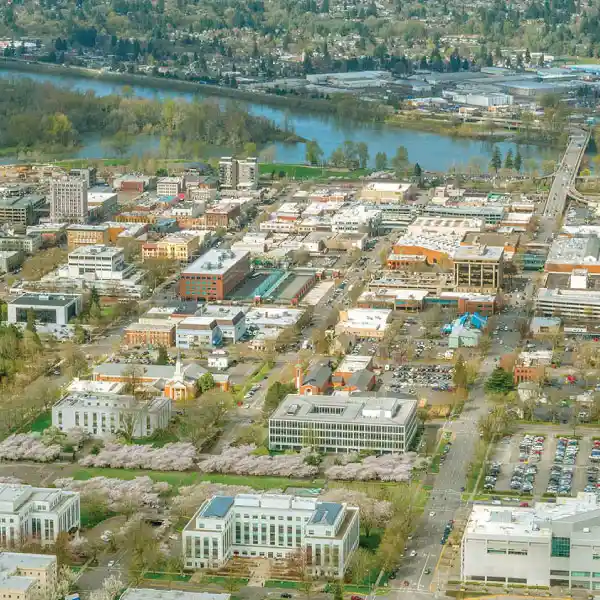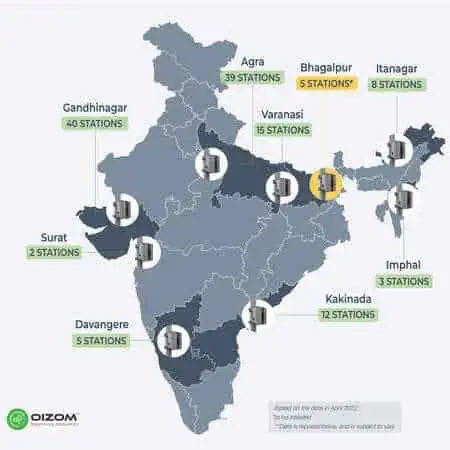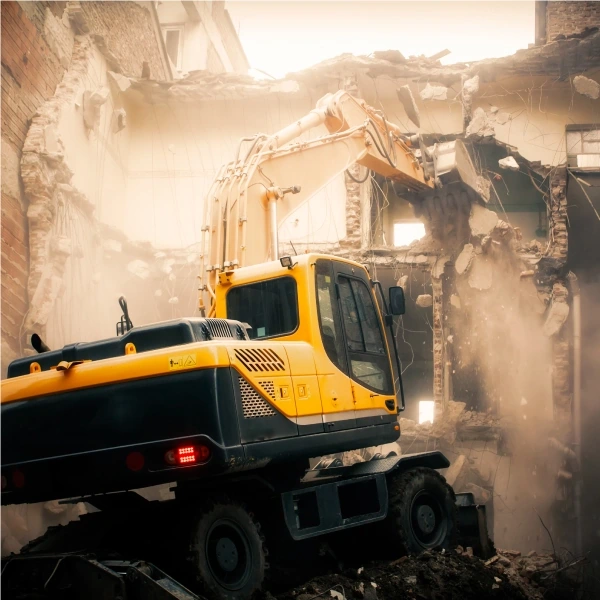The years 2020-21 are some of the most challenging years experienced by humankind. While the people of Earth recover from the hard blow of COVID-19, they also witnessed several large-scale wildfires. As a result, we observed both the positive and negative impacts on the ambient air quality. The wildfire occurrences severely deteriorated the air quality. In contrast, country-wide complete and partial lockdowns accounted for cleaner air in some regions.
The lockdown provided a clean window to air and atmosphere for self-cleansing. Several government authorities took the opportunity to work on their clean air programs. As a result, the use of alternative monitoring systems like low-cost sensor-based devices has become more common. Moreover, the air quality data collected over the years helped in conducting several studies. Scientists & researchers used the data to understand the impacts of lockdown on air quality and establish the interrelationship between air pollution, pollutants, and COVID-19. However, it indirectly also questioned the efficiency of current monitoring networks.
DID COVID-19 LOCKDOWN IMPROVE AIR QUALITY?
The COVID-19 is a highly contagious disease and can spread quickly through human contact. The explosive spike in the patients during 2020 compelled several governments to impose a country-wide lockdown. As a result, the significant sources of air pollution, viz. construction activities, vehicular emissions, industries, etc., were all shut down.
Only limited essential sectors, factories, and businesses and minimum vehicular transport significantly improved the air quality in those countries. For the first time in many years, most of the global emissions had stopped for a brief amount of time. But, as mentioned by Professor Paul Monks, “it is the largest global experiment ever into air quality.” The COVID-19 Air Quality Report by IQAir discusses the air quality of 10 key global cities. Nine out of those ten cities experienced PM2.5 reductions as compared to the previous year.
A study conducted by European Space Agency (ESA) combining satellite data, measurements from the ground stations, and using various models supports that the shutdowns worldwide were responsible for improved air quality. The German Aerospace Center Remote Sensing Technology Institute developed high-end models to eliminate the effects of weather and dispersion on air quality as other factors affect air quality,
In India, the Central Pollution Control Board (CPCB) and the Indian Institute of Tropical Meteorology (IITM-Pune) carried out different studies to assess the change in air quality in major cities of India. The studies showed a sharp decrease in particulate matter PM10, PM2.5, and Nitrogen Dioxide. It used the data from the air quality monitoring stations of those cities. A more significant number of monitoring stations or hyperlocal monitoring data ensures robust results in such research studies.
POST-LOCKDOWN EFFECTS
The lockdown primarily affected the global economy, and many countries faced the problem of economic meltdown. Most of the governments gradually relaxed the shutdown in their country, focusing on recovering from the pandemic. However, as the industries started operating and the routine vehicular activities resumed, the air quality started degrading. Moreover, the year 2020 witnessed some significant wildfires, resulting in ‘inferior’ air quality in those areas to worsen the situation. All the positive impacts of lockdown for cleaner air were neither a long-lasting nor a permanent solution.
“Air pollution in India has caused losses up to Rs 7 lakh crore ($95 billion). It is equivalent to 40% of the cost of tackling COVID-19 and about 3% of India’s GDP.”
– A recent report by the Confederation of Indian Industries (CII) and the UK-based non-profit Clean Air fund.
CORRELATION BETWEEN AIR POLLUTION AND COVID-19
The speedy transmission of the Coronavirus baffled the entire world. However, even the most stringent steps did not prove to be as effective as planned. Therefore, it became a matter of utmost concern to study the transmission of the virus through air. Airborne transmission can be the most fatal as millions of people can get infected due to it.
A study conducted by the researchers from Harvard TH School of Public Health in Boston found that people with higher exposure to PM2.5 have a higher chance of getting infected by COVID-19. In addition, several other studies support that aerosol transmission of SARS-CoV-2 is plausible, and the plausibility score (weight of combined evidence) is 8 out of 9.
Oizom recognized the importance of ambient air quality monitoring in identifying the transmission of airborne viruses such as the Coronavirus. Oizom conducted a series of webinars on how particulate tracking can develop mitigation strategies to generate awareness. Oizom’s dust monitoring device, Dustroid, provides the real-time concentration of particulate matter, which helps in controlling the pollution level.






